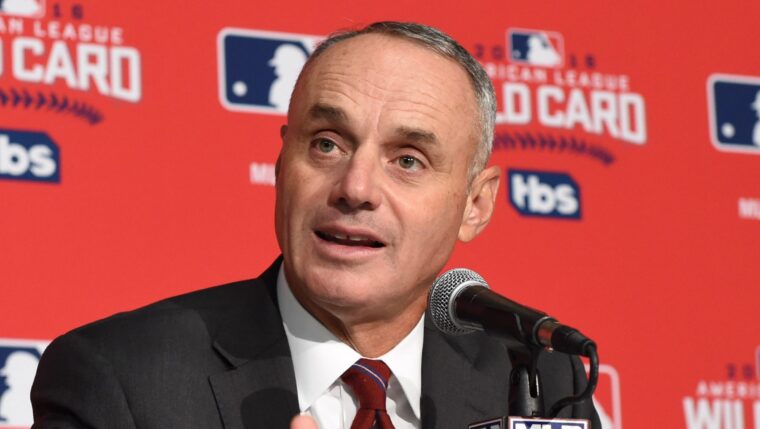
Greg Lovett-USA TODAY NETWORK
The 2023 season began with several rule changes in place, all of which were designed to quicken the pace of play and add certain elements of offense back into the game. According to an article in The Athletic by Jayson Stark, the rule changes are hitting their respective marks to a degree that even commissioner Rob Manfred may not have been able to imagine.
Base Runners Per Game
The 2022 season saw the second lowest number of non-home runs, base runners per team, per game since 1908. Last year, teams averaged 10.15 such runners per game, almost as low as the figure of 10.12 in 1968, which was considered the year of the pitcher. And how about this? The 2022 season was the second-lowest-scoring season of all time, once again second only to 1908. In 2023 so far, teams are averaging 10.52 non-home run runners per game.
Hits and Walks Per Game
As you may have guessed, with shift restrictions, the number of hits per game has gone up in 2023. This season, teams are averaging 7.20 hits per game, compared to last season, when the average was 6.77 hits per game. Walks are also up (could it be the pitch clock?). The increase is modest, from 3.21 per team per game to 3.32.
Stark points out that April and May traditionally see the lowest offensive output and that if current trends continue, we may experience the following this season:
- The most hits per game since 2009.
- The most singles per game since 2016.
- The most doubles per game since 2009.
Plus, we’d be looking at several hundred more homers, 1,500 more runs scored, and over 1,000 more stolen bases.
Pace of Play
Manfred’s biggest win may be that the increased offense is coupled with a faster pace of play and reduced “dead air” during games. Stark looks at time between balls put in play, and he provides the following:
2021 — 3 minutes, 52 seconds
2022 — 3 minutes, 42 seconds
2023 — 3 minutes, 9 seconds
Once again, a modest difference, but those 33 seconds (2022 to 2023) add up and most importantly, reflect a reduction of time when actual action is not taking place.
One metric that can help tell the story of the impact of shift restrictions is Batting Average on Balls in Play (BABIP). Stark provides several different looks at BABIP, from handedness to the direction of where the ball is hit. Here are a couple of the highlights (all statistics represent 2022 to 2023):
- Left-handed hitters on pulled ground balls, BABIP up 38 points
- BABIP on all ground balls, up 15 points
- BABIP on ground balls up the middle, up 25 pints for left-handed hitters, 12 points for all hitters
Hard-hit balls are producing more hits in 2023 as well.
- Average on the same ground balls hit at 95-plus mph, up nearly 70 points (to .323)
- Average on the same ground balls hit at 100-plus mph, up more than 60 points (to .372)
Stark provides an interesting in-depth analysis of many more ways that the rule changes are achieving their desired endpoints. Among them is the impact on home runs in 2023. As noted above, if trends continue, we should see more home runs this season. But that does not initially make sense, since with fewer shifts, hitters would likely modify their focus on launch angle. However, that has not happened in 2023.
Average Launch Angle
2023 — 12.5 degrees
2022 — 12.7 degrees
2021 — 12.6 degrees
Here is a deeper look at the launch angle among left-handed hitters.
2023 — 12.4 degrees
2022 — 12.9 degrees
2021 — 12.7 degrees
The change is slight in the area where it may be expected to be most pronounced (left-handed hitters). Why might this be? In the article, Phillies’ hitting coach (and former Mets’ hitting coach) Kevin Long speculates that the launch angle habit has been ingrained for years and may take several years to change.
As we’ve heard many times in the past few days, the 2023 season is one-quarter of the way over. That’s about when teams make assessments of themselves, and is a fair point to take an early assessment on the rule changes. Whether fans want to acknowledge it or not, the Manfred-led modifications to baseball are working, producing more offense in a game with shorter periods of inactivity.
Things may change over time, but so far, they’re going as planned (or even better). This year the Atlantic League is testing the free-substitution pinch runner and the “double-hook” rule, where teams lose their DH if the starting pitcher does not go at least five innings. Maybe the game is fine as it is now. Those rule changes may be a little more than we’re ready to handle now.
















